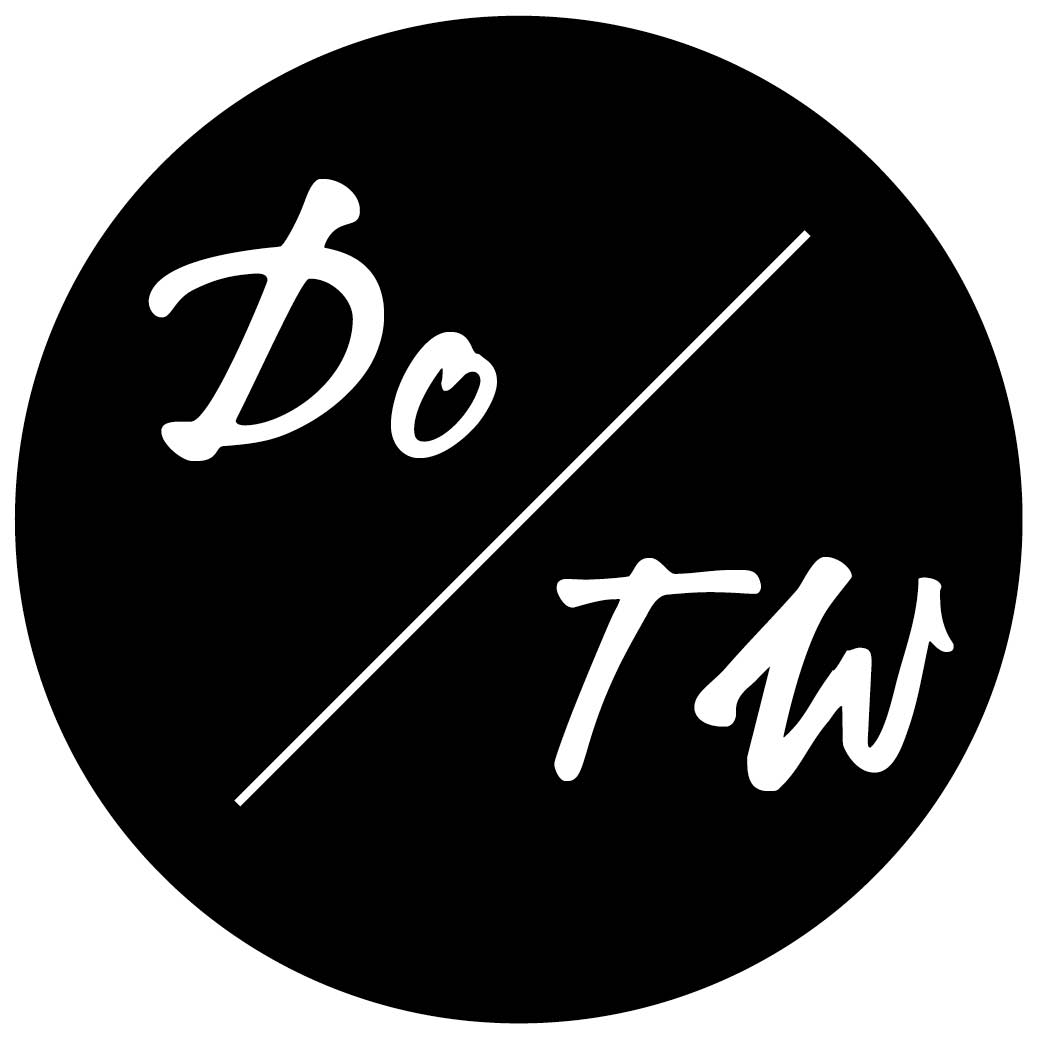
The more time I spend with freelance travel writers–whether those still waiting or trying to break in or those that have made the leap to full-time freelance and are now trying to crack the code of a solid income–the more my observations of what exactly that missing link is evolve.
When people first asked me if I would coaching them to get the same kind of response rates I was having from editors and travel content marketing clients,
But you have to ask, if the key is pitching, why isn’t everyone doing it?
There are several key reasons people don’t pitch, even if they know they should:
- They can’t find magazines that fit the stories they want to pitch. (This is why we set up the travel magazine database!)
- It takes them too long to write pitches, so they’re particularly upset when they don’t hear back and just can’t get out enough pitches to make the numbers work. (This is why we started offering the Pitchapalooza retreat!)
- They run out of ideas of what to pitch, so they don’t know what to send when editors ask them for other ideas or just reject the pitch they’ve sent. (This is so many webinars about how to find ideas when you’re on the road and events like the Freelance Travel Writing Bootcamp!)
But as I’ve been a constant dealer of magazine markets open to freelancers and techniques for speeding up the process of writing pitches for the past year, I’ve noticed that there is something else going on.
Something that people don’t notice as it’s happening, but they regularly feel the after effects of:
Pitches don’t fly with editors–no matter how well-written–if the idea being pitched just isn’t usable in the first place.
This sounds weird, right?
How can a pitch be written well if it is destined for failure?!
No matter how well I prepare you with scripts, critiques, and techniques for writing your pitches, they won’t get you anywhere with editors if they’re rotten at the core.
I hate to say it, but it’s true.
Writing ability–even “marketing” a.k.a. pitch writing ability–is completely separate from the ability to come up with a good “product” or offering. As freelance writers, the “products” that we offer editors are not articles.
Say it with me:
We, freelance travel writers, are not selling articles.
This is the intangible leap that separates the people who are out there getting assignments from editors they have no connection to from those that aren’t.
You need to understand that you are selling ideas.
And for that to work, you need to have a very firm grasp on what an idea really is. So while IdeaFest, at its core, in terms of output, is about coming up with 100 ideas matched to magazines, my aim is something much greater: to move you from someone who can’t tell something that isn’t an idea from something that is.
It’s not about bad ideas or good ideas.
It’s about things that just aren’t and those that are–and once you learn to see things with your editor hat, you’ll have no problem telling the difference.
What We’ll Cover in the At-Home IdeaFest Program
The new At-Home IdeaFest program will take place over four weeks, from January 15 through February 9, 2018, with the same goal as our live program: generate your own personal list of 100 magazine ideas matched to specific sections of specific magazines.
In the live IdeaFest retreat, the material of our lessons is broken into six modules punctuated with one-on-ones and time to work on assignments:
- Module 1: Resetting your view of what an “idea” is by breaking through your misconceptions, a highly interactive session
- Module 2: Slicing and dicing and goldilocksing your ideas into shapes that fit real magazines
- Module 3: 10 different methods for generating ideas and how to manage them once you have them
- Module 4: How to approaches generating ideas for features and other narratives
- Module 5: The spin cycle: taking one original “idea” and adapting it to 20 different markets
- Send-off: Where do we go from here? Keeping it up at home and getting pitches out
For the home program, we’ve spread the same material out over four weeks with one email lesson each day (rather than me talking for an hour and a half for each!):
- January 15 – 19: Getting crystal clear on the three sides of the idea triangle–the conceptualizing approach that will insure you never have an idea that an editor doesn’t think fits her magazine again.
- January 22 – 26: The magazine-first approach to pitching in practice–learning how to let magazines give you dozens of ideas of what to pitch them, and getting comfortable enough with the magazine landscape that you never have to wonder what kind of magazine would be interested in a certain story again.
- January 29 – February 2: Final checks and the spin cycle–the methods to not only ensure your ideas don’t bong with the magazines your pitching, but the see how those “outside the scope” concepts actually become dozens of new pitch ideas for other magazines.
- February 5 – 9: Pitching specialized articles–digging into the dreaded (or highly anticipated!) feature, essay, and long-form markets and learning to formulate ideas that cover thousands of words as well as thousands of miles or years while expressing everything in the succinct format of an idea that can be proven to sell.
What is the difference between the At-Home IdeaFest Program and the live IdeaFest retreat in the Catskills?
There’s two superficial answers here:
- You don’t have to leave home. Though people absolutely attend the lessons at the retreat house in their pajamas, so I can’t say that doing these exercises in your pajamas is exclusive to the at-home version 😉
- You take four weeks to get through the course material rather than two days. And this may seem like a blessing, but it is actually much harder to motivate yourself at home, over such a long period, to stick at it. At the live retreats we have the physical presence of other attendees, along with one-on-ones to redefine what you need to focus on and other pokes from me to keep you powering through. Plus there’s lots of Kona coffee and Nespresso on hand at all times.
But that’s not really what you’re asking.
After running more than ten events at the retreat house now and taking countless private or group business retreats myself over the years, I can tell you there is something magical about the focus that comes from that sort of confinement.
When you’re doing the At-Home program, the onus is on you, and you alone, to make sure that you’re getting through your lessons and doing the associated exercises.
This is the biggest different between the live and at-home programs–focus and accountability.
We can do some things to help with the accountability side:
- Send you daily emails (check!)
- Give you a space to interact with other attendees and thrive on a group spirit (check!)
But we can’t do half-hour one-on-ones with everyone every day like we do at the live IdeaFest!
And honestly, it would feel a bit suffocating to have that injected into your daily routine as you work through the material from home.
So we drastically change the pace of the lessons in the at-home version so that they:
- don’t feel suffocating with whatever else you have going on in your daily life, and
- give you something small to learn (daily email lessons) and something to do (daily assignments) on a regular basis so it’s easy to get into a flow of making the program–and the new habits it will instill–a regular part of your day.
What we won’t do, however, is force you, nag you, or otherwise make you have feelings because you couldn’t get your assignment turned around right away. Because this just doesn’t work long distance.
There are those people who like to do everything right away, first thing in the morning, and excel at every assignment. But that isn’t everyone.
So, if you are able to work through your lessons *and* assignments the second they come out, great.
If you’re like me and you like to read things the second they land in your in-box and then do the replying/work of it in a big batch later in the day, totally cool.
Or if you have a non-travel-writing day job and a family and can’t sit down to do the work until your partner or mother takes the kids out to the park on the weekend, no problem.
In the unfortunate (but always happens to at least two people every time we run an online program) event that something very serious befalls you or a loved one when you have, with the best of intentions, signed up for the program, absolutely do not worry.
We have completely revamped how we run the assignments for our at-home versions of the IdeaFest and Pitchapalooza programs to make things accessible, inclusive, and productive for all participants, regardless of your approach to the program or personal situation.
As part of the launch of our webinar library, we have set up an new learning oriented website that allows participants to submit assignments directly through the program website as well as participate in dedicated program forums with the ability to easily search and organize threads by assignment and each participant’s submission.
What do these big changes mean for you?
In the past, we ran the Pitchapalooza program as a correspondence course with a Facebook discussion area and encountered two issues that held participants back:
- Facebook is crazy and changes how it displays posts regularly. Rather than being able to view other participants assignments in the order submitted or otherwise easily find the threads related to the assignment a person was currently working in, they were faced with the threads with the most recent comments at the top and an undivided steam of everything else below.
- Participants who were not on Facebook or declined to share their assignments with the group were making mistakes or encountering issues that had already been discussed with thorough examples in the Facebook group, creating more work for them (doing something again they could have done differently the first time) and for us (explaining the same things over and over again to different people).
We want you to have your best chance to succeed and learning from others attempts as well your own offers that.
You are saved the hubris or trying self-awareness test of recognized poor practices in yourself by learning to spot what doesn’t work in others assignments–where you have no ego on the line.
In the live retreats that we do, this is critical.
Being exposed to more and more varied examples has a marked effect on learning and leaf frogging potential missteps rather than working through each of them yourself.
How does the new IdeaFest At-Home Program work?
For this first iteration of the IdeaFest At-Home Program, we’re limited registration severely because we want everyone who has gone through our Pitchapalooza programs in the past to have a chance to learn to become idea machines.
In our Pitchapalooza programs, things regularly grind for a number of participants on a certain assignment–when it comes time to pick out the magazine sections they’re going to pitch and the ideas that go with them.
The thing is…the Pitchapalooza program focuses on the writing of pitches, the practice of putting them together.
Coming up with the ideas that you will pitch and know enough magazines to match them accordingly is a whole other story. And that’s why we’re starting to offer our IdeaFest program online as well. It’s a huge sticking point for many writers, so we want to give the people who have gotten stuck in our Pitchapalooza program in the past the change to patch this portion of their marketing practice so they can go through the Pitchapalooza program again with us when we run it in February and avoid getting stuck on this same assignment again.
In the past, we’ve tried to keep the number of people in our online programs very small to simulate the tight-knit critique setting that we have in our live event.
So while we’ve created a new, organized forum system to make it significantly easier for both us and the participants to interact with a larger group, we still want to make sure that we don’t have so many people that participants get lost in the shuffle.
That means that this iteration of IdeaFest will only be open to:
- past participants in the At-Home Pitchapalooza Program or live Pitchapalooza retreat who opt in to participate in IdeaFest at this time
- people who have already requested access to the At-Home IdeaFest Program when we first offered the opportunity to enroll through our webinars at the end of 2017
- people who grab a special $99 offer for both the At-Home IdeaFest Program and At-Home Pitchapalooza Program (a more than 60% discount off the regular price of $129 per program) during our 12 Days of Christmas deal on Thursday, January 4
If there are any spots remaining, we will open a limited number of regular registrations at the $129 price in our newsletter on Monday, January 8.
Once you register for the program through one of these methods, you’re in!
The weekend before the program begins, you’ll receive access to the course in our learning platform, webinars.dreamoftravelwriting.com, including the page where all the course lessons will be available (you can elect to just read them here rather than receive them by email) and the private forum for the event.
Each weekday of the program, you’ll receive the day’s lesson by email and it will become available in the online system, and you can post your assignment to the program forum.
Participants will receive more detailed information as the program begins.
Look forward to the chance to powering up your pitching!



